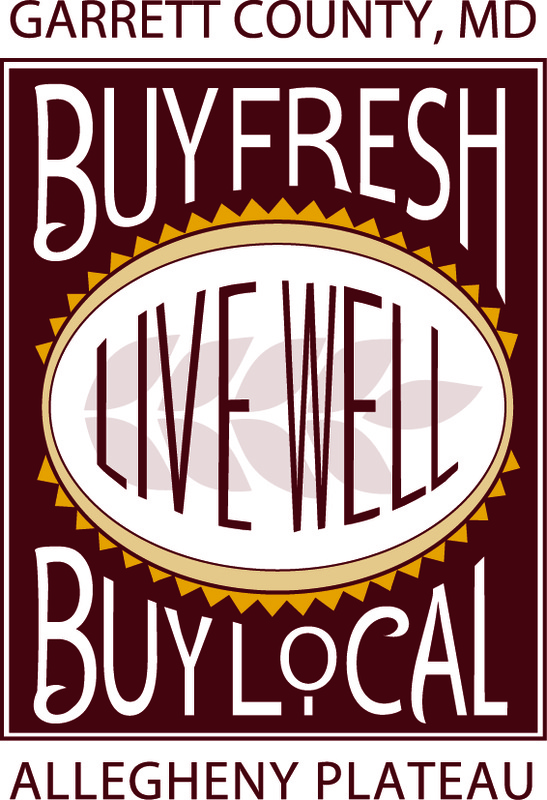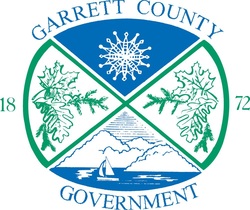Federal crop insurance covers crop losses from natural adversities such as drought, hail and excessive moisture. NAP covers losses from natural disasters on crops for which no permanent federal crop insurance program is available, including perennial grass forage and grazing crops, fruits, vegetables, mushrooms, floriculture, ornamental nursery, aquaculture, turf grass, ginseng, honey, syrup, bioenergy, and industrial crops.
The following NAP application closing dates have been established for Garrett and Allegany Counties:
- September 1: Value loss or controlled environment crops, ornamental nursery, aquaculture, Christmas trees, ginseng, floriculture, mushrooms, and turf grass sod.
- September 30: Biennial and perennial forage crops, alfalfa, grass forages, mixed forages, and other forages.
- November 20: Perennial crops (other than those intended for forage) peaches, apples, cherries, grapes, and blueberries.
- December 1: Honey and maple sap.
- December 31: Potatoes
- February 15: Early spring vegetables with a crop reporting date of May 15th. This includes, but is not limited to: asparagus, broccoli, cauliflower, cabbage, greens, horseradish, kale, lettuce, onions, peas, and radishes.
- March 15: All other yield based crops.
- USDA has partnered with Michigan State University and the University of Illinois to create an online tool at www.fsa.usda.gov/nap that allows producers to determine whether their crops are eligible for federal crop insurance or NAP and to explore the best level of protection for their operation. NAP basic coverage is available at 55 percent of the average market price for crop losses that exceed 50 percent of expected production, with higher levels of coverage, up to 65 percent of their expected production at 100 percent of the average market price available, including coverage for organics and crops marketed directly to consumers. Crops intended for grazing are not eligible for additional NAP coverage.
Federal crop insurance coverage is sold and delivered solely through private insurance agents. Agent lists are available at all USDA Service Centers or at USDA’s online Agent Locator: http://prodwebnlb.rma.usda.gov/apps/AgentLocator/#. Producers can use the USDA Cost Estimator, https://ewebapp.rma.usda.gov/apps/costestimator/Default.aspx, to predict insurance premium costs.
For more information on NAP, service fees, premiums and sales deadlines, contact the Garrett County FSA Office at (301) 334-6954 or the Allegany County FSA Office at (301) 777-1536 and toll free at (866) 723-6407. Producers may visit the web at www.fsa.usda.gov/nap.
 RSS Feed
RSS Feed


